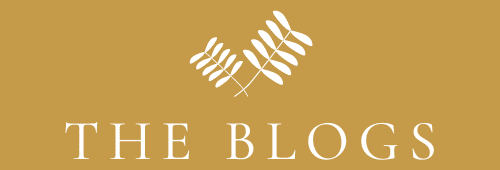Promouvoir la cohésion régionale avec le fonds feder

Unlock the potential of your region with the European Regional Development Fund (ERDF). Learn how this pivotal fund drives regional cohesion, from understanding funding criteria to witnessing the impact on sustainable growth. Discover how ERDF initiatives, like the cross-border Jura sur Léman area and Limoges' renovation, bridge regional gaps and foster development. Dive into ERDF’s objectives and strategies to see how they reduce socio-economic disparities through innovative public-private partnerships.
Promoting Regional Development with ERDF
The European Regional Development Fund (ERDF) plays a pivotal role in fostering regional development across the European Union. Established in 1975, its primary mission is to mitigate economic, social, and territorial disparities by co-financing projects that enhance infrastructure, support small and medium enterprises (SMEs), and promote sustainable economic transitions.
Also read : Effective sales techniques for B2B
Key Funding Criteria and Eligibility
ERDF funding criteria are stringent, ensuring that only projects with significant potential for regional impact receive support. Eligible projects must align with the ERDF’s priorities, which include smart specialization strategies, low-carbon economies, and sustainable urban mobility. Co-financing is a critical component, requiring applicants to secure additional funding from national or regional sources, with higher co-financing rates for less developed regions.
Impact on Sustainable Regional Growth
The ERDF has significantly influenced sustainable regional growth by modernizing infrastructure, creating jobs, and fostering technological innovation. For instance, projects like the Calorie Kehl-Strasbourg initiative utilize industrial waste heat across borders, demonstrating ERDF’s commitment to green projects. Such initiatives not only enhance economic resilience but also promote inclusive growth and social cohesion.
Additional reading : Pricing strategies to maximize profits
For more detailed information on accessing ERDF funding and exploring project opportunities, Access now.
Successful ERDF Co-Financed Projects
Creation of the Cross-Border Four-Season Jura sur Léman Area
The creation of the cross-border four-season Jura sur Léman area exemplifies ERDF's commitment to fostering regional cohesion and economic growth. This project transforms the Jura mountains into a vibrant, year-round tourism destination, promoting sustainable tourism and boosting local economies on both sides of the French-Swiss border.
The TANDEM Project for Decentralized Energy Markets
The TANDEM project is another shining example of ERDF's impact, focusing on decentralized energy markets. This initiative enables regions to transition to low-carbon economies by promoting local energy production and consumption. It not only reduces carbon footprints but also enhances regional energy security and resilience.
Renovation of Limoges' Central Halls
As part of the "Action Cœur de Ville" initiative, the renovation of Limoges' Central Halls revitalizes urban spaces, fostering social and economic activities. This project preserves cultural heritage while modernizing facilities to meet contemporary needs, illustrating ERDF's role in supporting sustainable urban development and enhancing quality of life.
ERDF Objectives and Regional Policy Strategies
The European Regional Development Fund (ERDF) aims to reduce socio-economic disparities and promote regional economic integration across the European Union. Its primary objectives include supporting smart specialization strategies, enhancing low-carbon economies, and fostering sustainable urban mobility. By focusing on these areas, the ERDF contributes to a more balanced and cohesive economic landscape.
Reducing Socio-Economic Disparities
To address socio-economic disparities, the ERDF funds projects that modernize infrastructure, create jobs, and support technological innovation. This approach not only boosts local economies but also promotes inclusive growth and social cohesion. The fund's initiatives target regions lagging in development, ensuring equitable opportunities for all EU citizens.
Public-Private Partnerships
Public-private partnerships play a crucial role in ERDF's strategy for regional economic integration. These collaborations leverage private investments alongside public funds, enhancing the impact of development projects. By involving both sectors, the ERDF ensures that projects are sustainable, innovative, and aligned with regional needs, fostering long-term economic resilience and growth.
